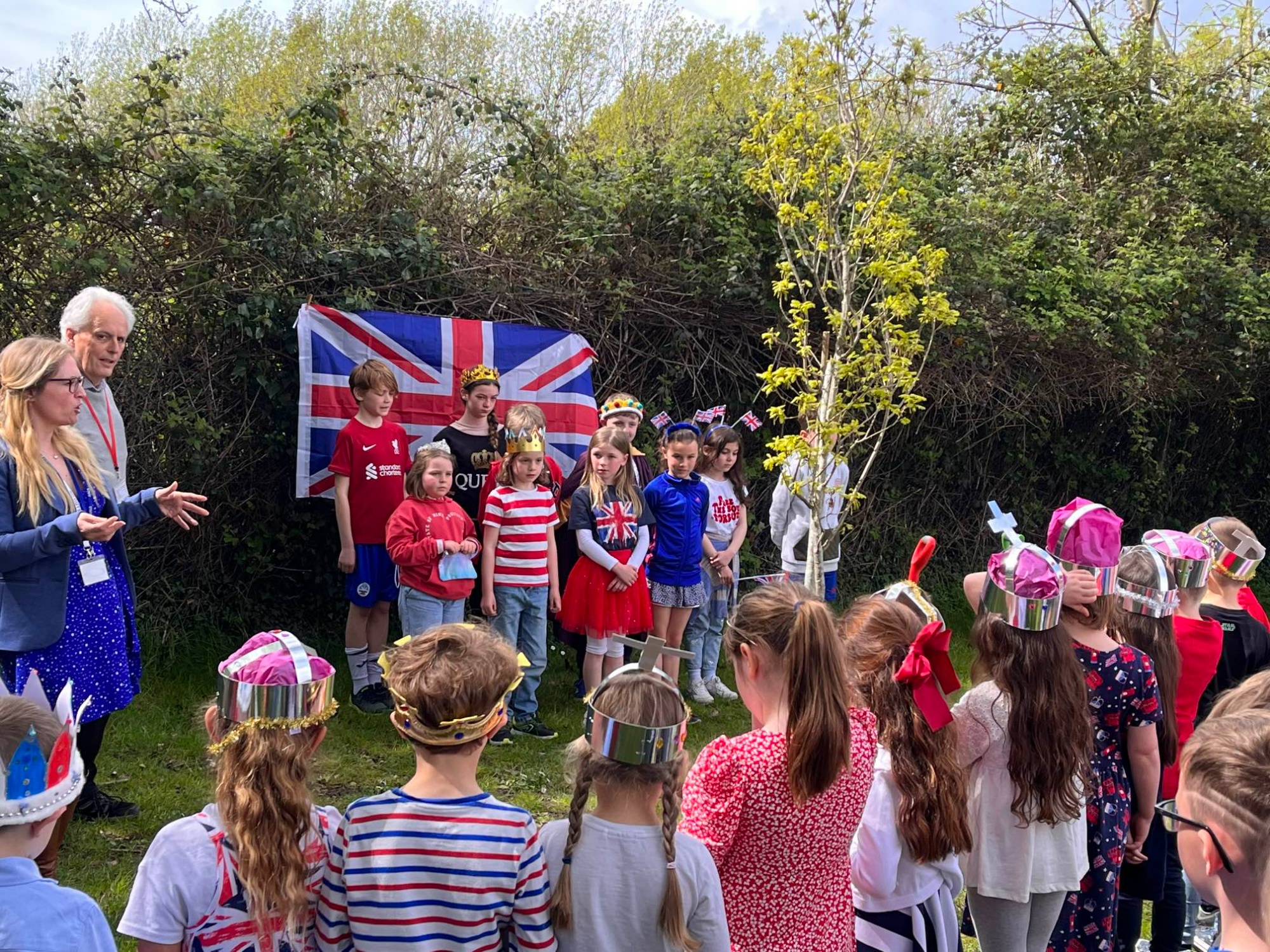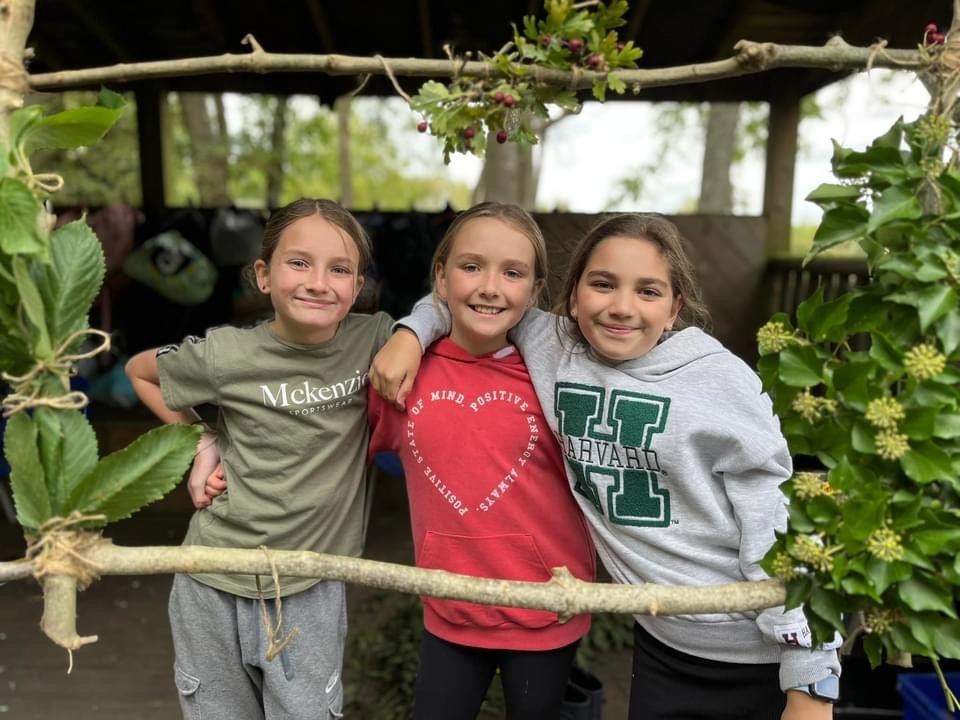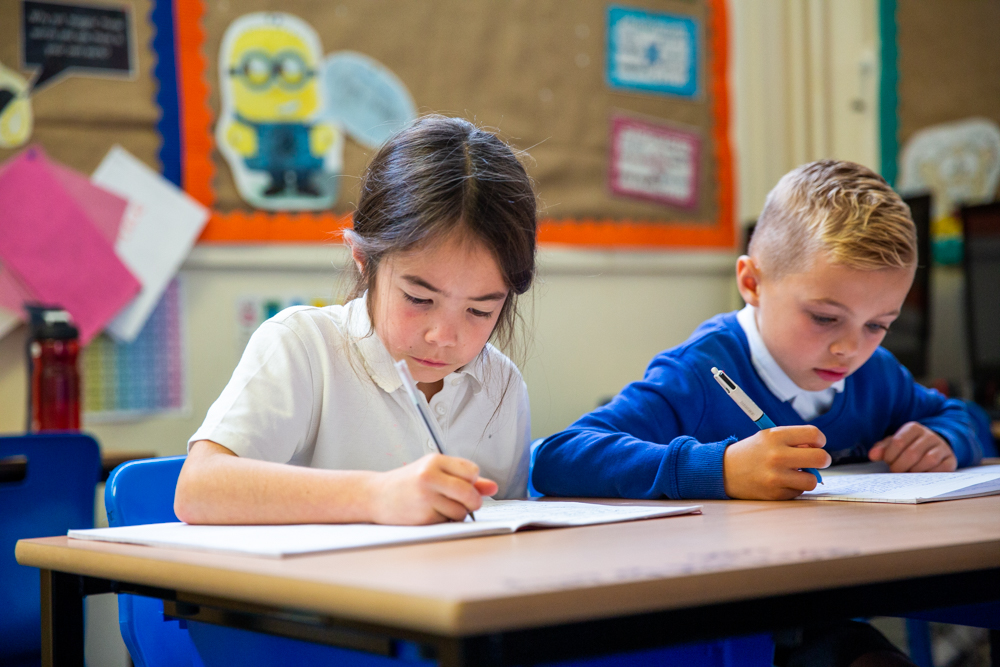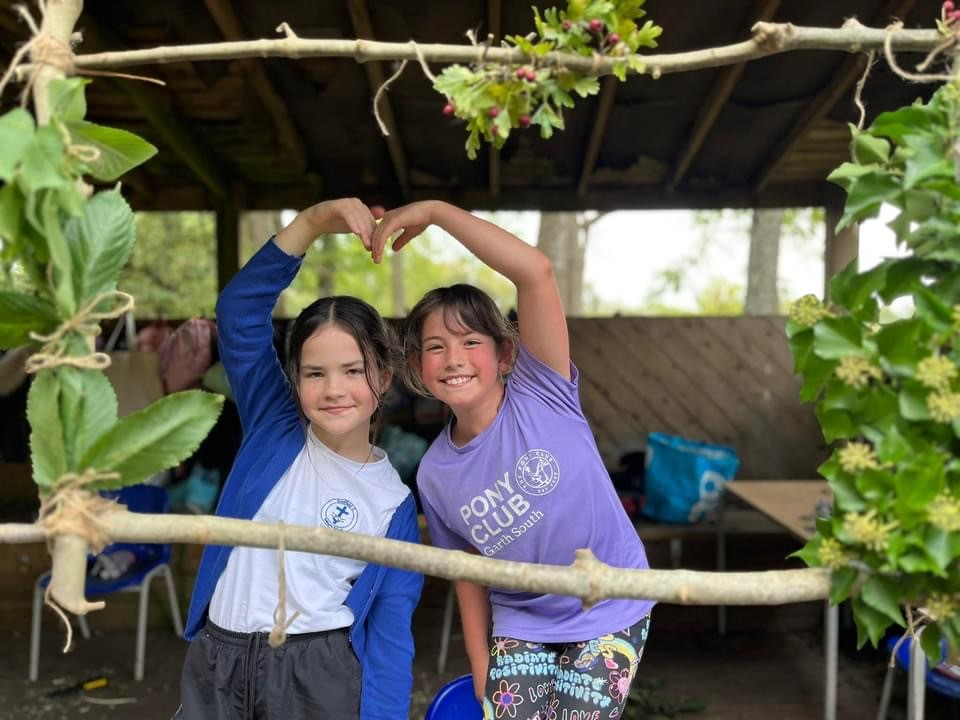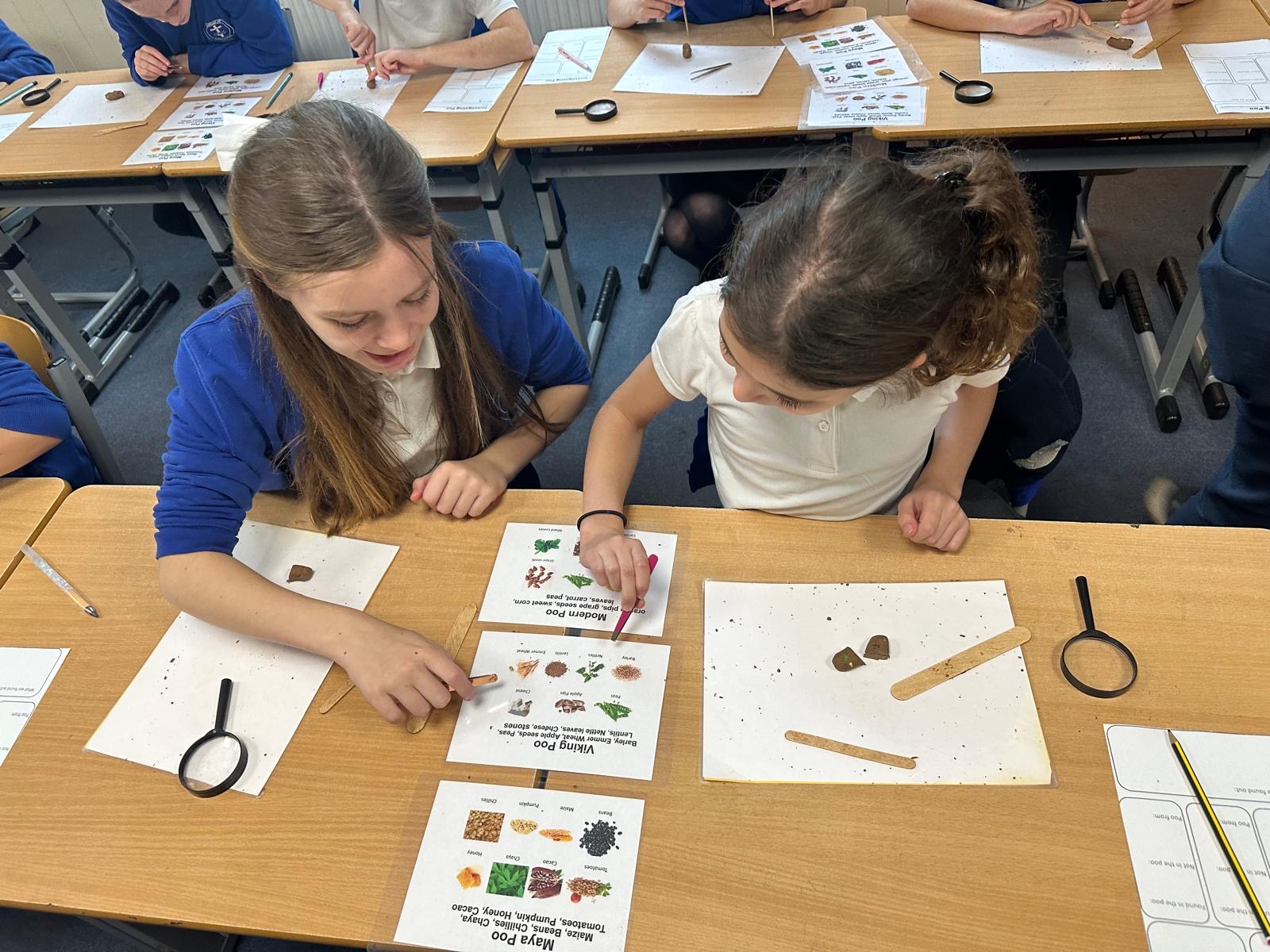Curriculum Pedagogy
Curriculum Pedagogy

1 - Learning is broken down into small steps with models and scaffolding.
Breaking the learning down into small steps helps the brain’s working memory to chunk together key bits of learning and store them in the long-term memory as one piece of information, freeing up the working memory to access new information. The more knowledge a child gains, the more they are able to chunk their learning and the more space they free up in their working memory.
2 – Learning is brought to life
We have 3 main pathways for receiving information: words, graphics and experiences. New learning increases when we can utilise all of these and is even more powerful when we add emotion such as curiosity, excitement or awe and wonder, and when we provide a real-life purpose for the learning.
3 - Spaced practice, retrieval and assessment is used to boost memory
Learners remember information better when they are exposed to it multiple times over spaced, significant periods and every time someone tries to retrieve information it becomes more cemented into their long-term memory. Examples we use include Fluent in 5, ‘where there’s a queue there’s time to review’, low stakes quizzes based on our knowledge organisers, and retrieval questions at the beginning of each lesson.
4 – Learning is active for all
Everyone is expected to take part and every minute counts. We have a ‘no hands up’ approach, favouring cold calling and open discussion methods and we observe children closely to ensure that everyone is engaged.
5 – A classroom culture of belonging and inclusivity
We use consistent signals of belonging so that children feel safe and learning is a ‘team sport’. Our catch up/keep up intervention model is responsive to the children’s long term and shorter term needs and includes daily ‘scoop groups’ as well as more long term maths and phonics interventions.

